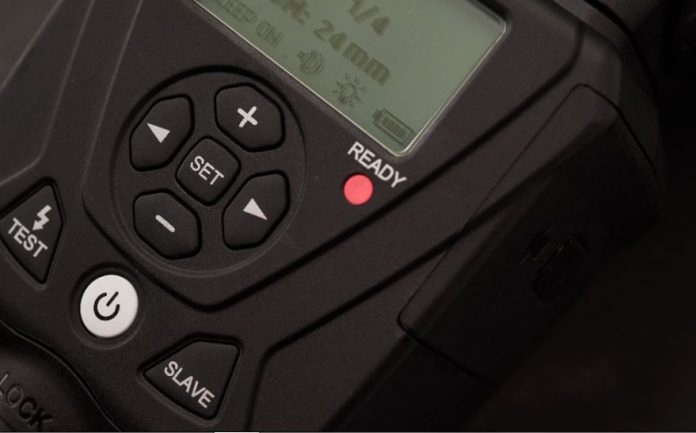We all know, and have probably been asked to use, calculators that do everything mathematical for us except put in the question. Long gone are the days when people struggled with a pencil and a piece of paper over proofs or theorems. The same is now true in foreign language study.
Rather than having carry around a bulky book and tediously translate every word in a sentence, electronic translators make foreign language more accessible than ever before.
Electronic translators, or electronic dictionaries, come in a variety of sizes, colors, and prices, but most fit nicely in your packet and within your budget.
There are three main types of electronic dictionaries found in the market: single word, sentence, and spoken translation. Some of the pricier models have all three functions in one model.
They come in almost any language, from French to Japanese, English to Russian, Spanish to Mandarin, and most approved for use within the foreign language classroom setting. We shall look at each of these features a little closer and examine the pluses and minuses of each.
- Single-word Translators
These work in much the same way a dictionary works, only faster. You type in your word and it is translated to the language of your device or vice versa. These models are almost universally accepted in foreign language classrooms and to run under 100 U.S. Just like a dictionary, though, they can be tedious when translating large bodies of work.
2. Sentence Translators
These work much the same as above, except that you have the option of translating entire sentences. While great for translating large bodies of work, they are not universally accepted in classrooms and tend to be a little more expensive, mostly closer to 400 U.S.
3. Spoken Translators
These usually have all the features of the above two translators, but also offer an option that will speak the word to you. This is beneficial in that they can really help your pronunciation and help you with speaking another language, instead of just literacy.
These are especially nice when traveling abroad, however they are not always accepted in classrooms and tend to run 400 U.S. or higher, although I have seen prices lower than that. You just have to shop around.
If you are taking a foreign language in college, or just learning on your own, why not try this great new tool! It will make your language studying easier.

